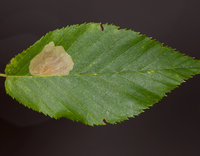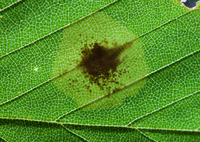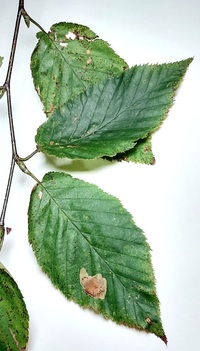
| Recorded by: Mark Basinger on 2025-08-09
Ashe Co.
Comment: | 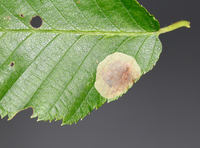
| Recorded by: Jim Petranka and Mark Basinger on 2024-08-07
Mitchell Co.
Comment: |

| Recorded by: Jim Petranka and Mark Basinger on 2024-08-07
Mitchell Co.
Comment: | 
| Recorded by: Jim Petranka, Becky Elkin and Bo Sullivan on 2023-08-09
Ashe Co.
Comment: |
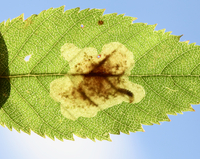
| Recorded by: Jim Petranka, Becky Elkin and Bo Sullivan on 2023-08-09
Ashe Co.
Comment: | 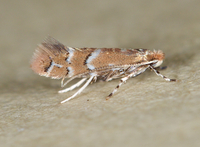
| Recorded by: Jim Petranka on 2023-03-23
Madison Co.
Comment: Mine was collected on Yellow Birch on Sept 20, 2022; adult on March 23, 2023 after overwintering in refrigerator (see companion photo of the mine). |

| Recorded by: Jim Petranka and Becky Elkin on 2022-09-20
Madison Co.
Comment: | 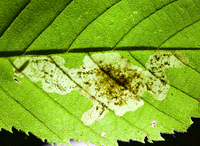
| Recorded by: Jim Petranka and Becky Elkin on 2022-09-20
Madison Co.
Comment: Mine was collected on Yellow Birch on Sept 20, 2022; adult on March 23, 2023 after overwintering in refrigerator (see companion photo of the adult). |
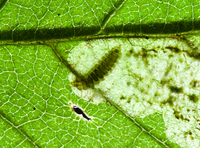
| Recorded by: Jim Petranka and Becky Elkin on 2022-09-20
Madison Co.
Comment: Mine was collected on Yellow Birch on Sept 20, 2022; adult on March 23, 2023 after overwintering in refrigerator (see companion photo of the adult). | 
| Recorded by: Jim Petranka on 2022-09-08
Buncombe Co.
Comment: |
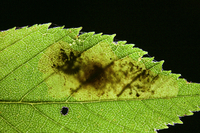
| Recorded by: Jim Petranka on 2022-09-08
Buncombe Co.
Comment: | 
| Recorded by: Jim Petranka and Becky Elkin on 2022-08-17
Yancey Co.
Comment: |
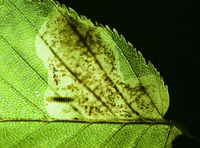
| Recorded by: Jim Petranka and Becky Elkin on 2022-08-17
Yancey Co.
Comment: | 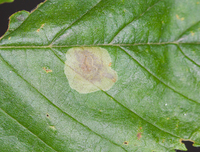
| Recorded by: Jim Petranka and Becky Elkin on 2022-08-10
Mitchell Co.
Comment: |
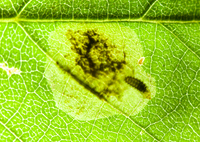
| Recorded by: Jim Petranka and Becky Elkin on 2022-08-10
Mitchell Co.
Comment: | 
| Recorded by: Jim Petranka on 2022-03-14
Yancey Co.
Comment: A reared adult from Yellow Birch; mine on 2021-08-30; adult emerged on 2022-03-14 (see companion photo of mine from 2021-08-30. |

| Recorded by: Jim Petranka and Becky Elkin on 2021-08-30
Yancey Co.
Comment: A reared adult from Yellow Birch; mine on 2021-08-30; adult emerged on 2022-03-14 (see companion photo ofthe adult from 2022-03-14. | 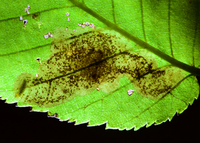
| Recorded by: Jim Petranka and Becky Elkin on 2021-08-30
Yancey Co.
Comment: |

| Recorded by: Jim Petranka and Becky Elkin on 2021-08-30
Yancey Co.
Comment: | 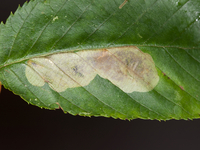
| Recorded by: Jim Petranka and Becky Elkin on 2021-08-26
Buncombe Co.
Comment: One of 10 occupied mines that were on Yellow Birch; all had a single larva. Adult was reared and emerged on April 5, 2022 after overwintering in refrigerator. |
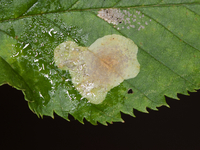
| Recorded by: Jim Petranka and Becky Elkin on 2021-08-26
Buncombe Co.
Comment: One of 10 occupied mines that were on Yellow Birch; all had a single larva. Adult was reared and emerged on April 5, 2022 after overwintering in refrigerator. | 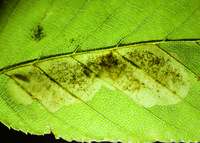
| Recorded by: Jim Petranka and Becky Elkin on 2021-08-26
Buncombe Co.
Comment: One of 10 occupied mines that were on Yellow Birch; all had a single larva. Adult was reared and emerged on April 5, 2022 after overwintering in refrigerator. |
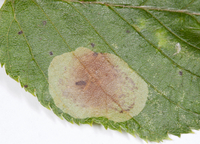
| Recorded by: Jim Petranka and Becky Elkin on 2021-08-03
Watauga Co.
Comment: | 
| Recorded by: Jim Petranka and Becky Elkin on 2021-08-03
Watauga Co.
Comment: |

| Recorded by: Jim Petranka and Becky Elkin on 2021-08-01
Graham Co.
Comment: An adult that was reared from a mine on Yellow Birch (see companion photo of the mine from 2021-07-21). | 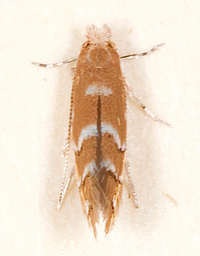
| Recorded by: Jim Petranka on 2021-07-31
Mitchell Co.
Comment: A reared adult from a mine on Betula lenta (see companion photo of the mine from 2021-07-13). |
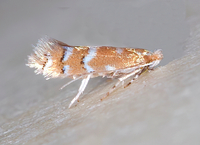
| Recorded by: Jim Petranka on 2021-07-31
Mitchell Co.
Comment: Adult was reared from a mine on Betula lenta; mine collected on 13 July; adult emerged on 31 July.. | 
| Recorded by: Jim Petranka and Becky Elkin on 2021-07-28
McDowell Co.
Comment: An adult that was reared from Betula lenta (see companion photos of the mine from 2021-07-13). |
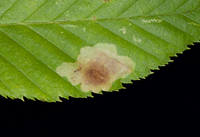
| Recorded by: Jim Petranka and Becky Elkin on 2021-07-21
Graham Co.
Comment: | 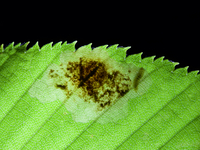
| Recorded by: Jim Petranka and Becky Elkin on 2021-07-21
Graham Co.
Comment: |
|

 »
»